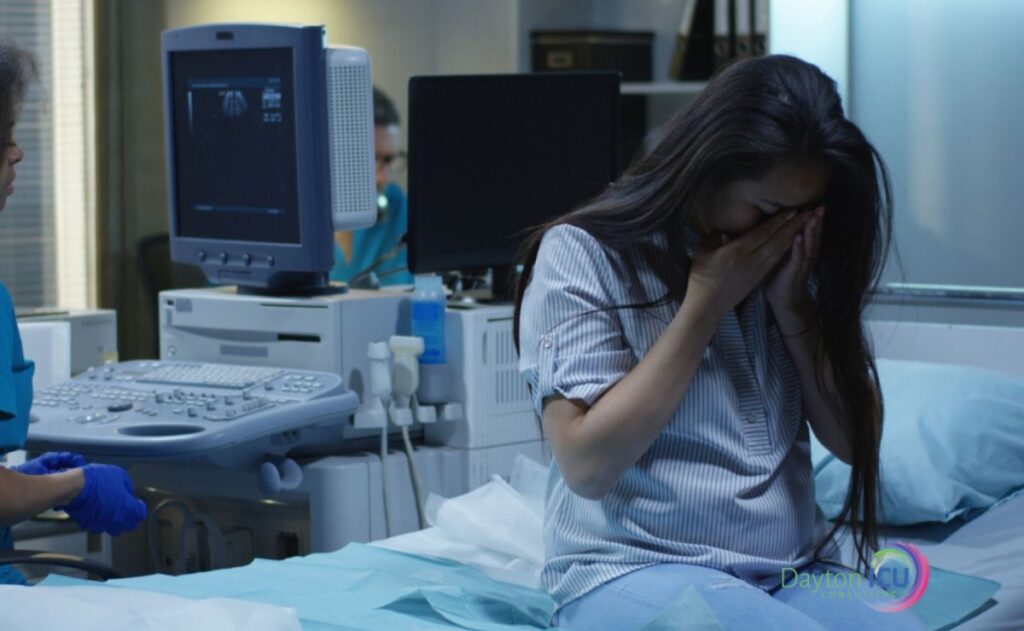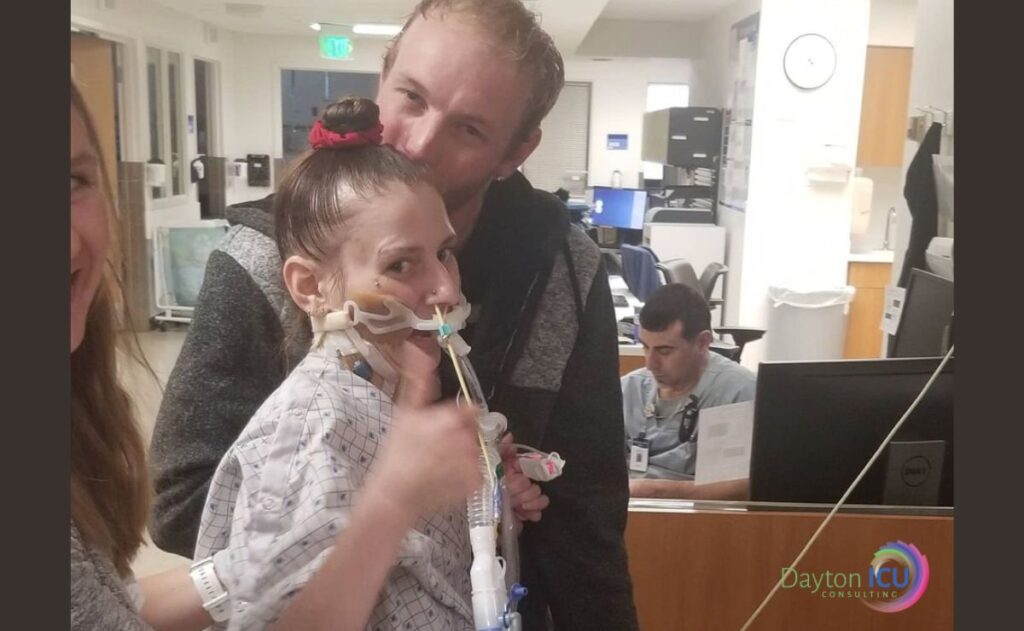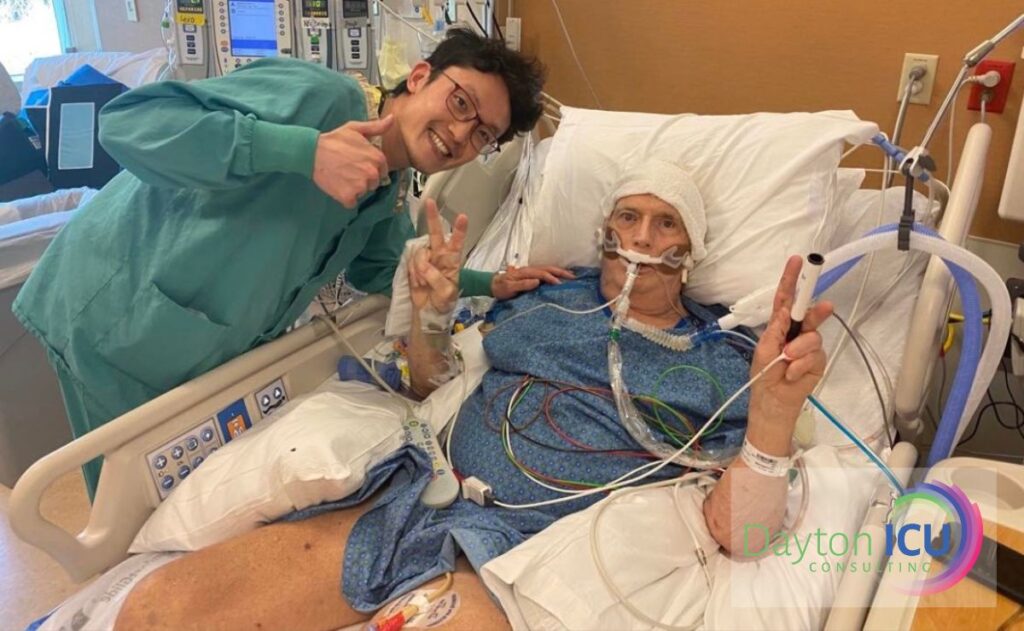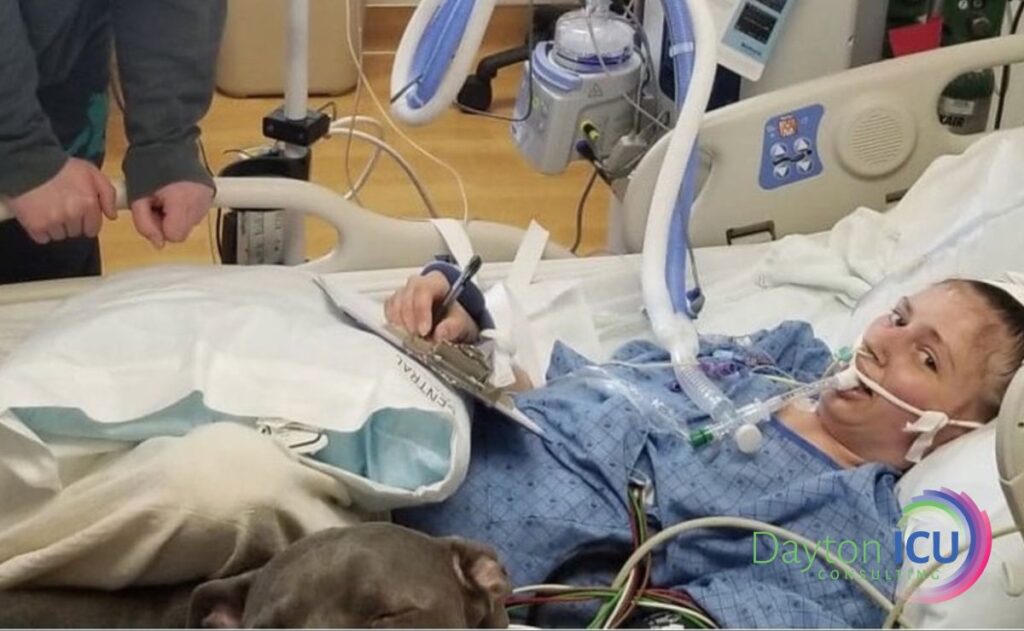
Health care inequality in critical care medicine is multifactorial and negatively impacts patient outcomes [18]. During COVID-19, for instance, it was noted that Hispanic patients were more at risk of having severe COVID-19 infections, and despite their younger age, they had a higher mortality rate. Socioeconomic disparities, lack of access to health care, timing, and










